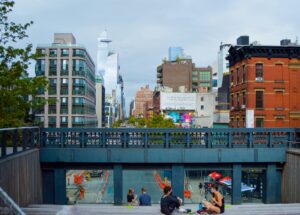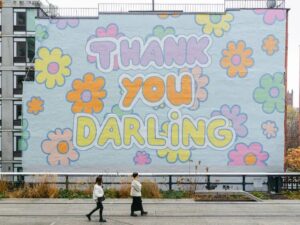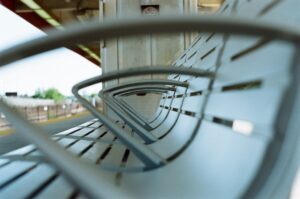African public spaces are complex, especially so against the backdrop of fast urbanising cities and increasing socio-economic volatility. Future Cape Town sought to delve deeper into some of these complexities through a series of events and discussions called «The Future of Public Space» in 2016.
Public space in South Africa was, and in some instances still remains, a contentious issue due to apartheid spatial planning policies, which denied non-white citizens access to quality public spaces and city centres, places which were reserved only for whites. In addition, township planning and building plans neglected the design of quality public spaces. As a result, many black South Africans considered open/ public spaces in townships, informal settlements and inner cities to be frightening places – dirty, garbage-strewn, exclusionary and unsafe – conditions which still persist in the country today.
What must be realised is that cities that are unwelcoming for some are unwelcoming for all. They perpetuate social divisions and unhealthy social relationships between people. South Africa, with its history of segregation, is in dire need of physical spaces for citizens and communities of different backgrounds to interact. In order to transform the apartheid urban social landscape, urban planning and design must promote spatial, social and economic integration. Cities, beyond buildings, are made of physical and social fabric, of which public spaces are an important part – they build cohesion, develop feelings of belonging and inclusivity and give tangible expression to a more democratic, equitable society.
Read the full article on CITIESTOBE
Author Rashiq Fataar
Recommended by Luisa Bravo











More Stories
Can public spaces be designed and managed for all in African cities?
Kamwokya Community Center by Kéré Architecture
Creating Great Public Spaces in Three African Cities